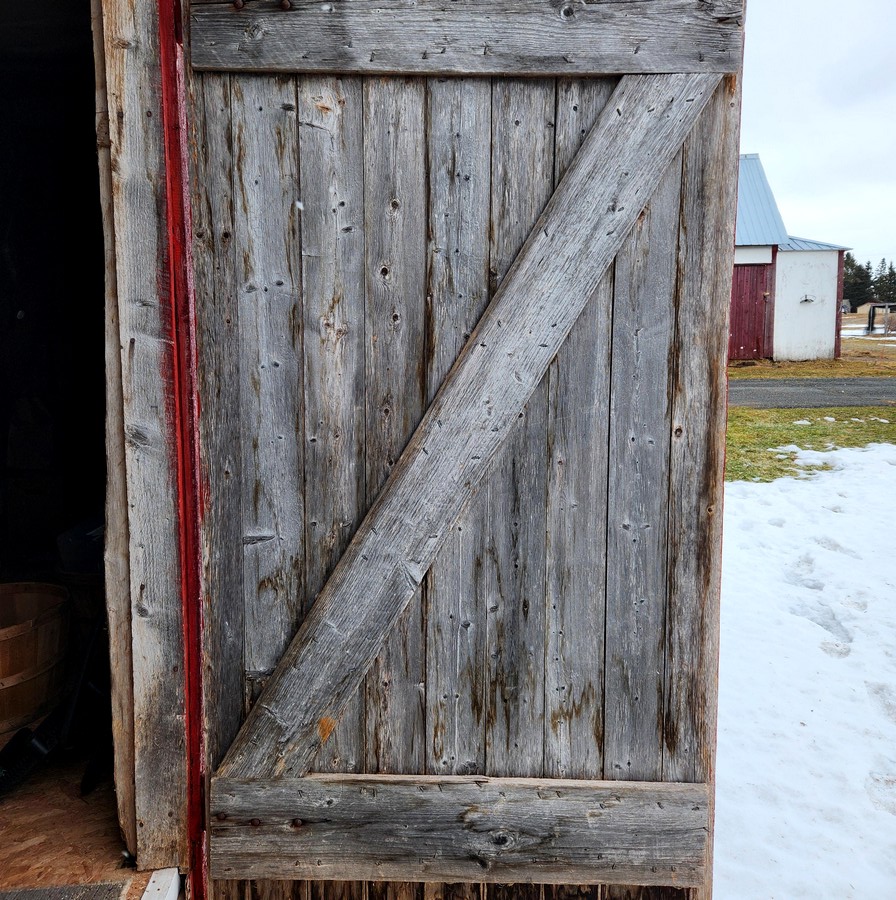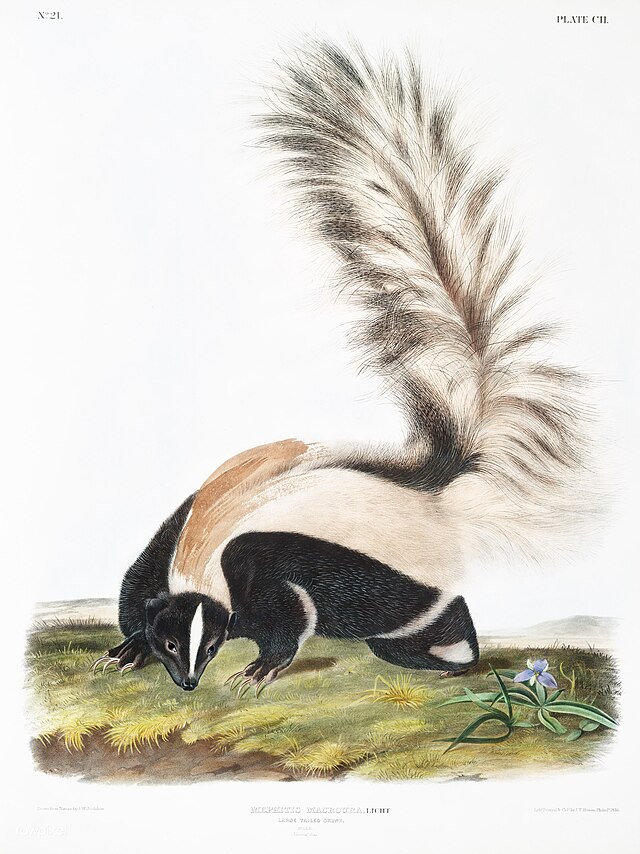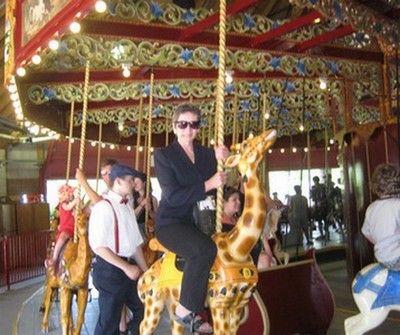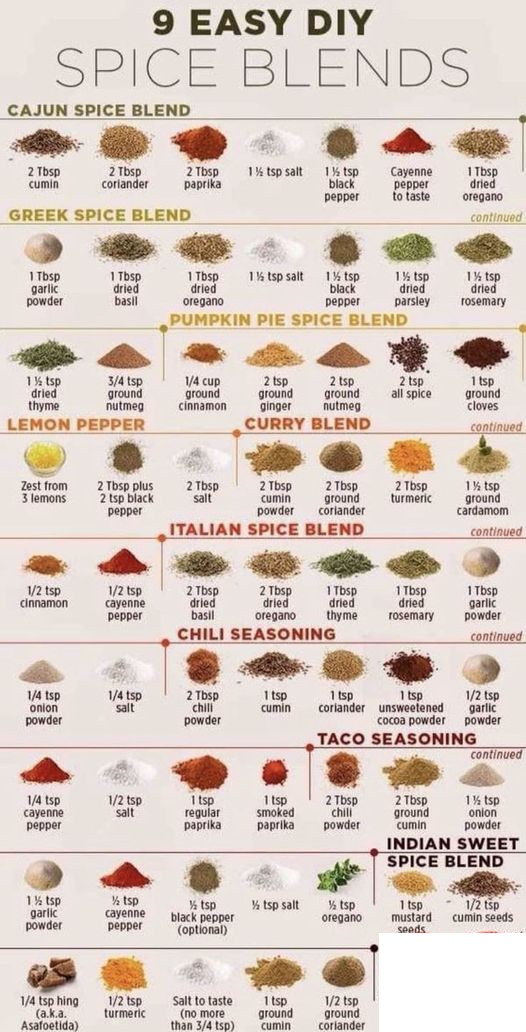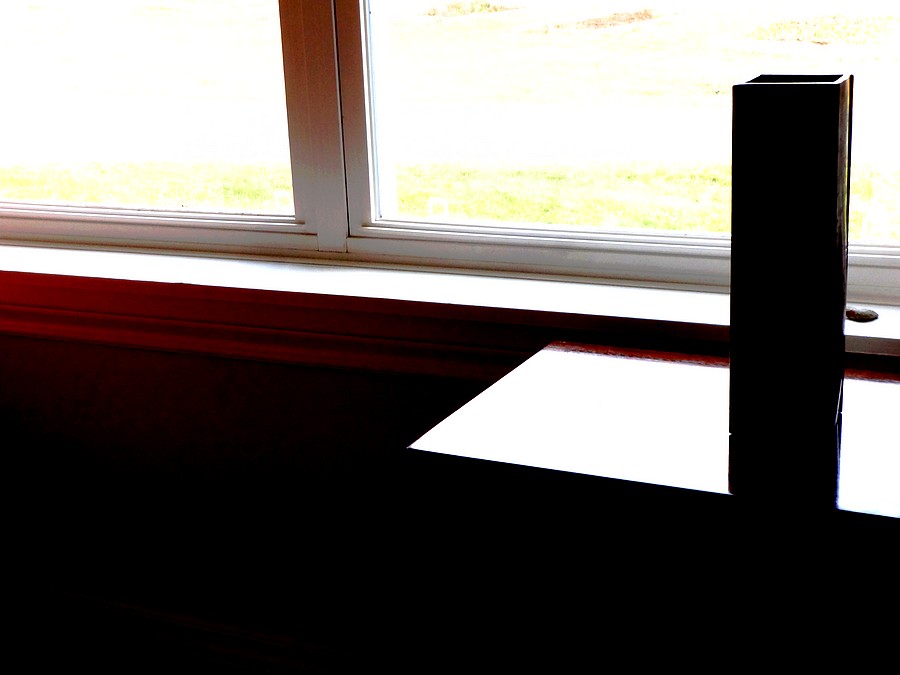A story written for a little girl in France, who speaks both English and French.
The preamble: https://matildamagtree.com/2024/02/29/spring-is-in-the-air/
♣
L’HISTOIRE DE PEPE LE PEW
Asseyez-toi and listen to the story of un homme that smelled in a way that not tout le monde loved.
It was hiver and Pepe le Pew was frois. He needed une maison to stay chaud. He tried un arbre but it was tres windy and his chapeau kept flying off.
He tried the inside of a trrrrrreeeeessssssss ENORME rubber boot (a polka dot one!) he found in a ditch, but it smelled worse than Pepe le Pew. And it had boue and l’eau inside, which was not nice pour dormir.
He tried the nid of a chickadeedeedee (too petite), and the nest of an aigle (too high up to climb every day).
He asked the ecureuil rouge if he would like a roommate and the ecureuil rouge said: are you kidding me??? (which means non)
And then une nuit froide, when the neige was starting to fall, Pepe noticed un chat going under one end of the barn. And he followed the cat (we aren’t sure if the cat is a he or a she so we will refer to them as they) and the cat fell asleep on a little nid of newspapers and dry bits of feuilles and they looked very chaud et confortable.
So Pepe le Pew, very politely, and very quietly, made himself une petite nid at the other end of the grange and there he stayed tout l’hiver and came out during the jour to enjoy the soleil and to find little things to eat and then went back under his end of the barn to snuggle up for the nuit.
And the chat didn’t mind one bit.
And so they spent the hiver together, tranquillement.
But that’s not the fini of the histoire because even though by printemps Pepe le Pew had moved out of his nid d’hiver he had left behind a fragrance in the grange that when the door was opened for the premiere time (by moi), made moi rire et rire et rire (parce que I don’t mind the fragrance) and say, ah, c’est evident you were ici, Pepe le Pew!! and I’m heureux that we could give you a maison d’hiver. Bonne chance, bonne chance!
Come back again l’annee prochaine!
La fin.

Le vrai, et le vraiment, le Pew.
♣
♣
